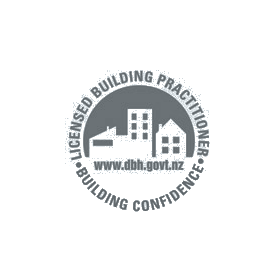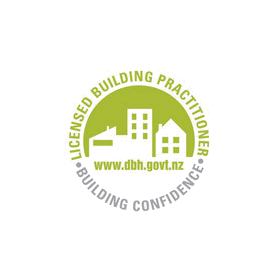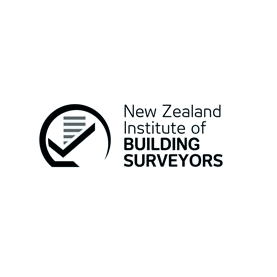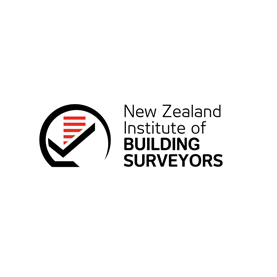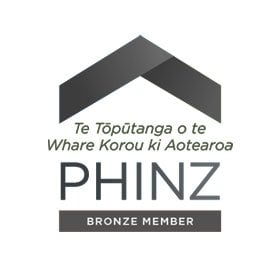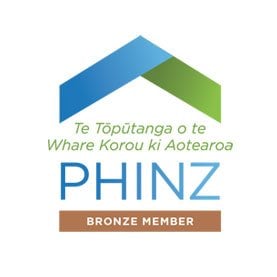Timber frame assessments and decay identification are required during remediation and recladding projects, to ensure the damaged timber is removed and the remaining framing is fit for purpose.

Timber remediation services
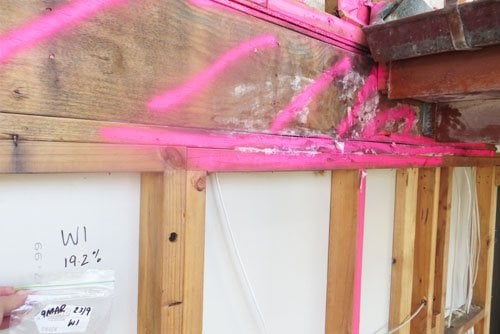
Identification of decayed timber
We are qualified and experienced in the identification of decayed timber requiring replacement during the remediation of leaky buildings. Damaged timber is spray marked and scheduled for replacement. We are pragmatic with our remediation and do not ‘over remediate’ the structural timber frame.
We use a variety of techniques to assess the condition of timber framing in defective buildings, including visual inspection based on our extensive experience in building remediation, moisture testing, brashness testing, and laboratory analysis.
It is essential that the decayed timber is successfully removed from a leaky building. Due to the high levels of humidity in areas such as Auckland, Northland and the Bay of Plenty, the equilibrium moisture content of the timber due to humid atmospheric conditions can be high enough to continue to propagate decay fungi.
Remedial monitoring
We monitor the remedial construction process to ensure that the timber scheduled for replacement is replaced and that the existing timber framing is treated with a preservative treatment to demonstrate compliance with the NZ building code clause B2 Durability.
Quality Assurance – Timber sampling and laboratory analysis
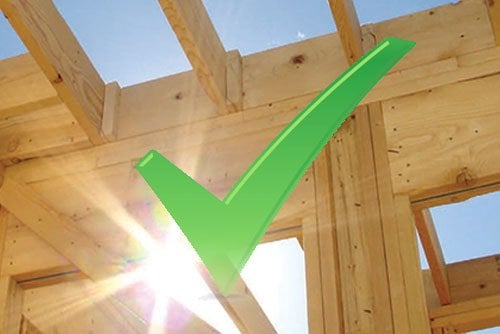
We extract a limited number of timber samples from the existing timber framing scheduled to remain in position in the building for laboratory analysis. The timber samples are extracted from framing adjacent to areas of timber that have been damaged due to weathertightness failure.
Laboratory analysis is undertaken to confirm the existing levels of timber treatment (if any) and the fitness for purpose of the timber to remain in the building. This gives the Owners, Contractor, Consultant and Auckland Council surety that the framing left in situ is fit for purpose, i.e. free from decay and complies with the requirements of clause B2 Durability of the NZBC.
Photographic remediation reports
We provide a photographic remediation report as a record of the timber framing remedial process, which includes our durability statement.
Durability statement
We provide a durability statement (producer statement) for the timber frame of the building, stating that the framing has been remediated in accordance with the requirements of the building consent and that the framing complies with the requirements of clause B2 Durability of the NZBC.
Auckland Council accepts our photographic reports and producer statements.
Timber frame assessment – not as simple as it looks
Our specific training and years of experience in assessing timber frames for decay has taught us that it is not as simple as it seems. Extensive laboratory analysis of timber samples for litigation claims has taught us, for example, that brown rot can remove the bulk of the structural integrity of the timber before it is visible to the human eye.
In other words, the timber looks clean and sound but contains advanced decay. Similarly, timber framing that is blackened with mould is not necessarily decayed and may not require replacement. This is why you should engage an expert to assess the timber frame for your remedial project.
Work with the professionals
We have extensive experience of other people’s mistakes from our hundreds of defective building investigations.
The evidence of the last fifteen to twenty years of the NZ construction industry’s mistakes leads us to one fundamental conclusion: It is better to try and get it right first time rather than re-visit the mistakes later at considerable cost to building owners, tenants, designers, contractors, sub-contractors, councils, government, insurers and lenders.
What is a condition survey?
A condition survey is a visual survey to assess and record the condition of a building, including all of its sub-elements such as roofs, walls and floors, at a particular point in time. It can be used as the basis for determining the ongoing maintenance requirements and/or for identifying and locating dangerous materials…



